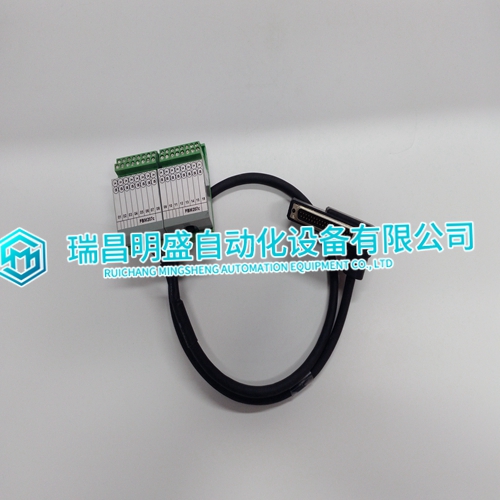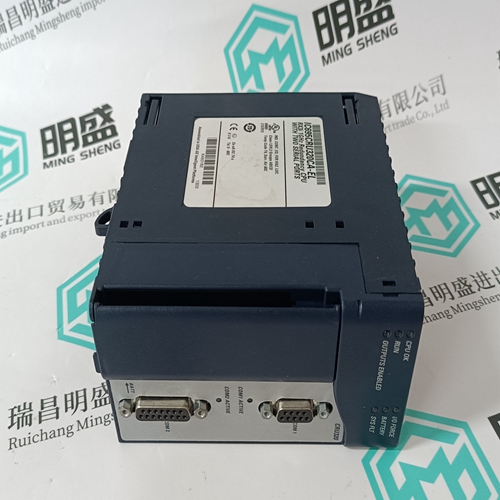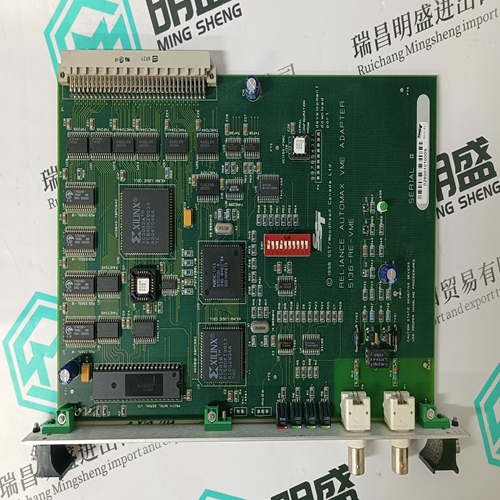Home > Product > DCS control system > AD908MF communication module
AD908MF communication module
- Product ID: AD908MF
- Brand: FOXBORO
- Place of origin: The United States
- Goods status: new/used
- Delivery date: stock
- The quality assurance period: 365 days
- Phone/WhatsApp/WeChat:+86 15270269218
- Email:stodcdcs@gmail.com
- Tags:AD908MFcommunication module
- Get the latest price:Click to consult
AD908MF communication module
In order for the client to function, the module's Client Command List must be defined. This list contains up to 100 individual entries, with each entry containing the information required to construct a valid command. This includes the following:
Command enable mode ((0) disabled, (1) continuous or (2) conditional)
IP address and service port to connect to on the remote server
Slave Node Address
Command Type - Read or Write up to 100 words per command
Database Source and Destination Register Address - Determines where data will be placed and/or obtained Count - Select the number of words to be transferred - 1 to 100
Poll Delay - (1/10th seconds) Client Command Errors You can use the MNET 0 Client Command Error Pointer in the MNET.CFG file to set the database offset register where all command error codes will be stored. This means that the first register refers to command 1 and so on.
For every command that has an error
the module automatically sets the poll delay parameter to 30 seconds. This instructs the module to wait 30 seconds until it attempts to issue the command again. As the list is read in from the configuration file and as the commands are processed, an error value is maintained in the module for each command. This error list can be transferred to the processor. The errors generated by the module are displayed in the following table.
Ethernet Connection
The MVI46-MNET module has an RJ45 port located on the front of the module labeled "Ethernet", for use with the TCP/IP network. The module is connected to the Ethernet network using an Ethernet cable between the module’s Ethernet port and an Ethernet switch or hub. When the client gets error -47 or -48, it uses the adjustable ARP Timeout parameter in the configuration file to set an amount of time to wait before trying again to connect to this non-existent server. This feature allows the client to continue sending commands and polling other existing servers, while waiting for the non-existent server to appear on the network.









